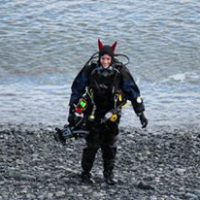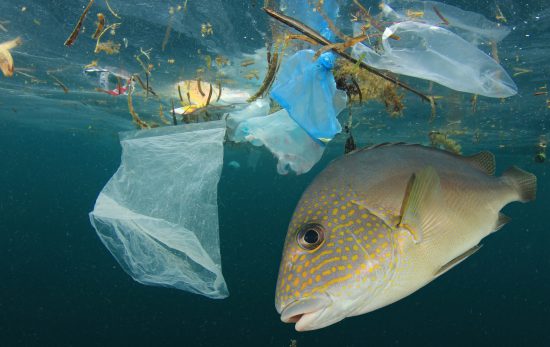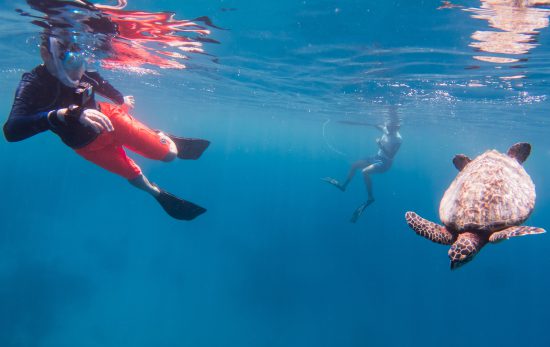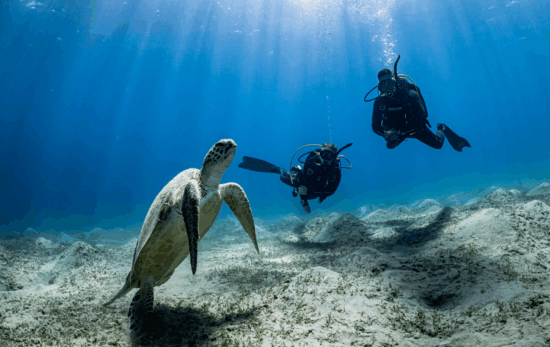Many wrecks — like Scapa Flow’s battleships — bear the scars from exciting or tragic histories, and divers flock to get a first-hand glimpse. Some wrecks hold cultural importance, attracting archaeological research and protection, while others may have been purposefully sunk to provide a new home for the ocean’s flora and fauna.
Whatever the significance, we each hold a responsibility to make sure there’s something left for future generations to explore. While natural deterioration will inevitably take over, here are five tips on helping to preserve our favourite wrecks for as long as possible.
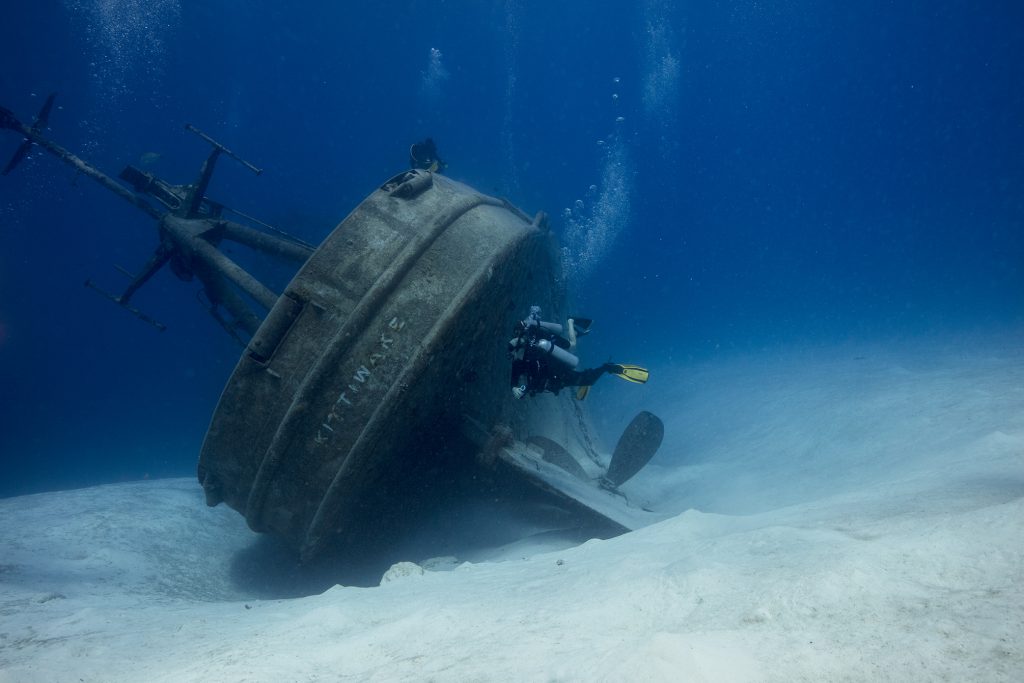
Take photos, not souvenirs
Never remove things from a wreck. Yes, that porthole might look great above your fireplace, but it looks even better in its original home — and by leaving it alone, other divers can appreciate it time and time again. If you do stumble across something unusual — like treasure or unexploded munitions — take a photo, note its location, and report it to your dive operator or the local marine authorities.
Nail neutral buoyancy
Thanks to time, rust, and corrosion, wrecks can be unstable structures that might collapse under your weight if you grab, pull, or land on them. That’s bad news for you and for the wreck, and a good motivation to keep your buoyancy under control. Think about taking the PADI Peak Performance Buoyancy Specialty course to perfect this crucial skill.
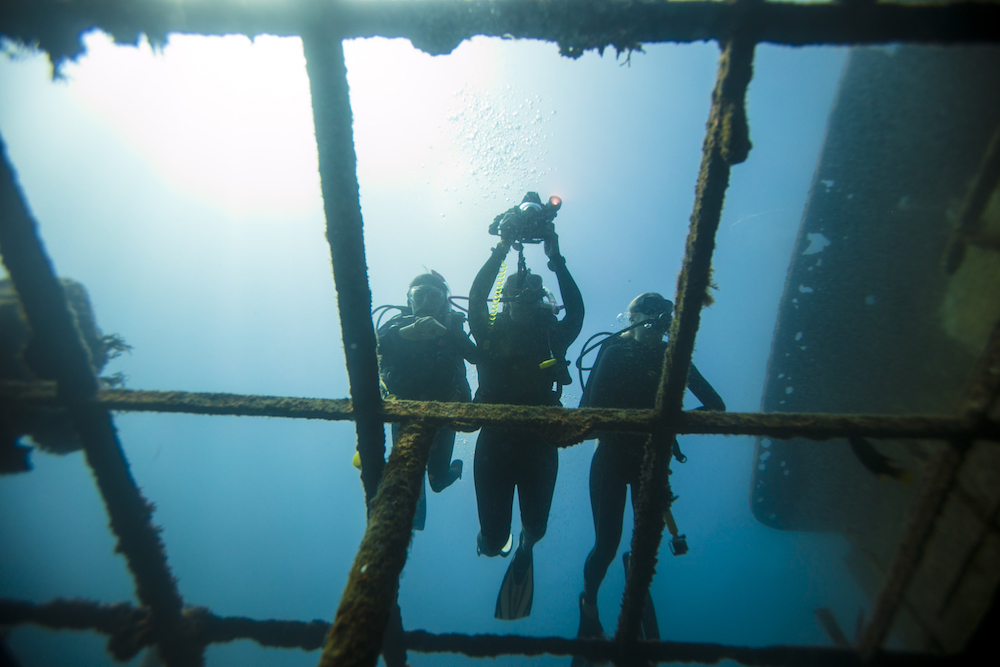
Don’t tie things to the wreck
Tying a dive boat’s mooring lines to a wreck is a sure-fire way to rip sections of it apart in no time; the Thistlegorm is a famous example of the damage this causes. If you notice crew doing this, ask them to consider alternative anchorage, and choose dive operators that follow the 10 Tips to Protect the Ocean Planet. Avoid tying your own reel and lines to a wreck — for the same reason, just on a smaller scale.
Focus on the outside
Diver’s bubbles trapped inside metal structures can speed up the process of oxidisation and decay. So, before venturing inside, consider if you really need to; often the exterior is just as fascinating.
Advocate responsible fishing
Practices such as trawling and dredging have allegedly damaged almost half of the world’s shipwrecks, and loose nets become a death trap for the surrounding marine life. Visit Project AWARE’s website or take the Project AWARE Coral Reef Conversation course to see how you can help raise awareness. For your own safety, always carry a line cutter on wreck dives; they’re also a handy tool to help rescue unlucky creatures who’ve become entangled.
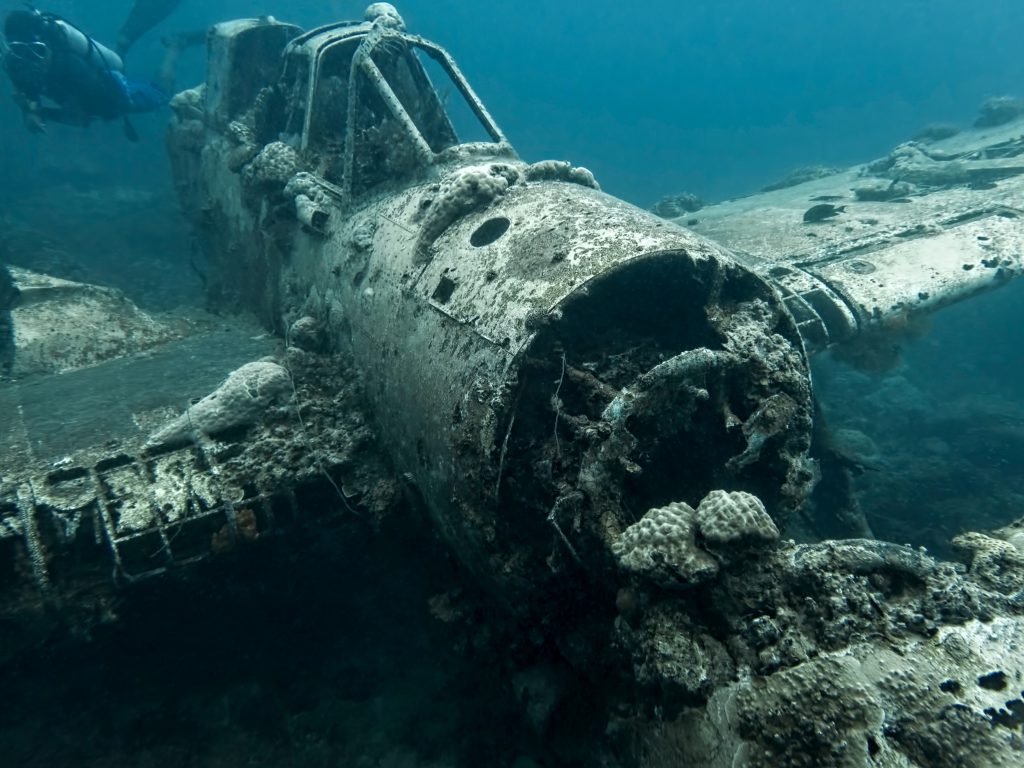
Are you keen to enhance your exploration in wreck diving?
If you’ve not yet discovered the mystery and magic of a wreck dive, you’re missing out! The PADI Wreck Diver Specialty course is popular because it offers rewarding adventures while observing responsible wreck diving practices.
By completing the PADI Wreck Diver Specialty course, you will be a step closer to earning the PADI Master Scuba Diver™ rating, the highest rating in recreational diving which puts you among the top 2% of elite recreational divers. Start your 2019 PADI Master Scuba Diver Challenge journey today and you may win a trip to the Caribbean, Maldives or Thailand based on your location.
